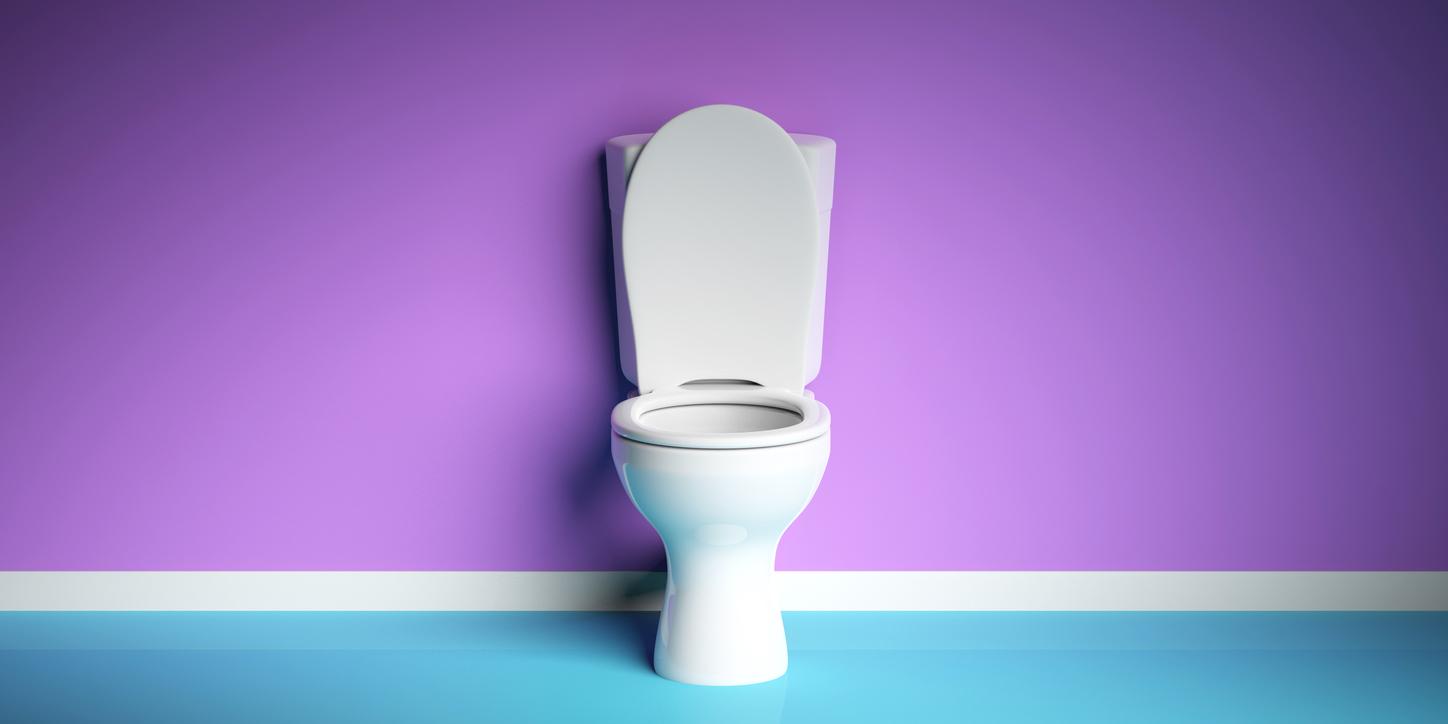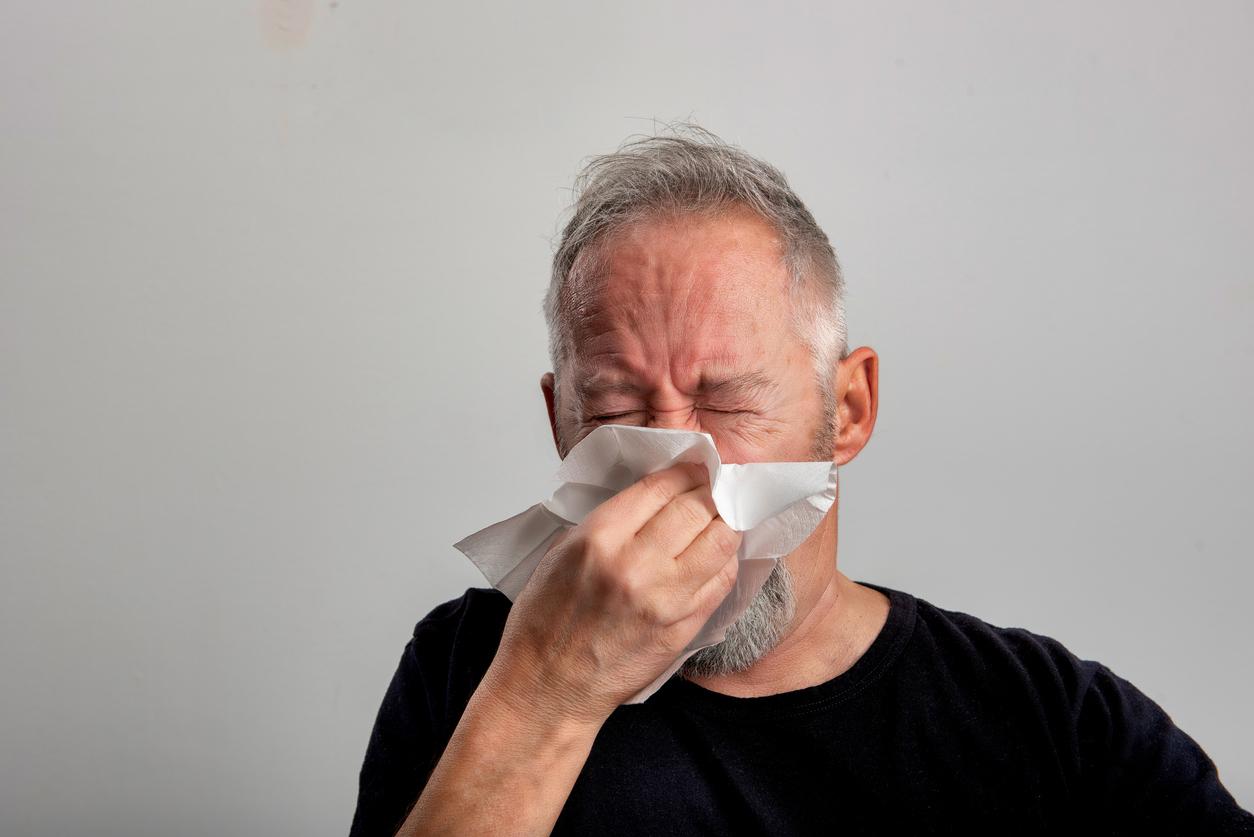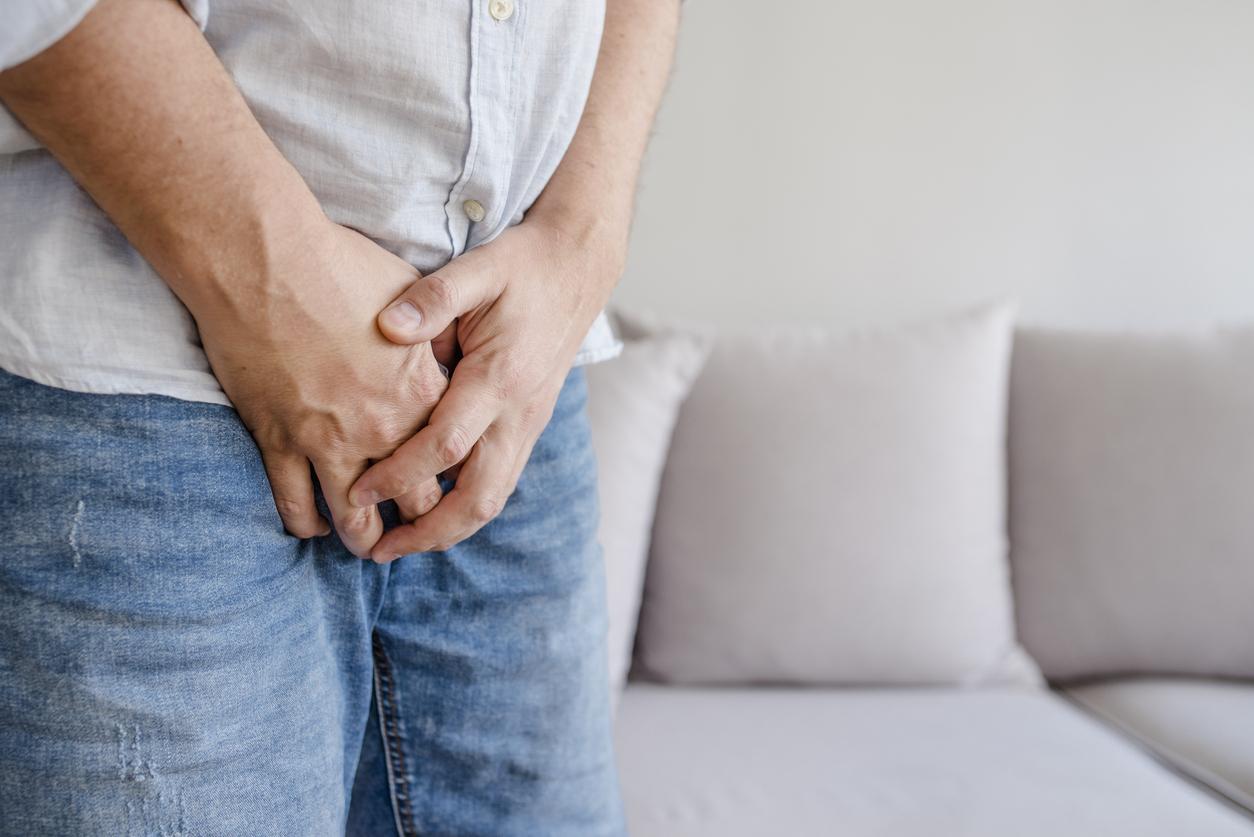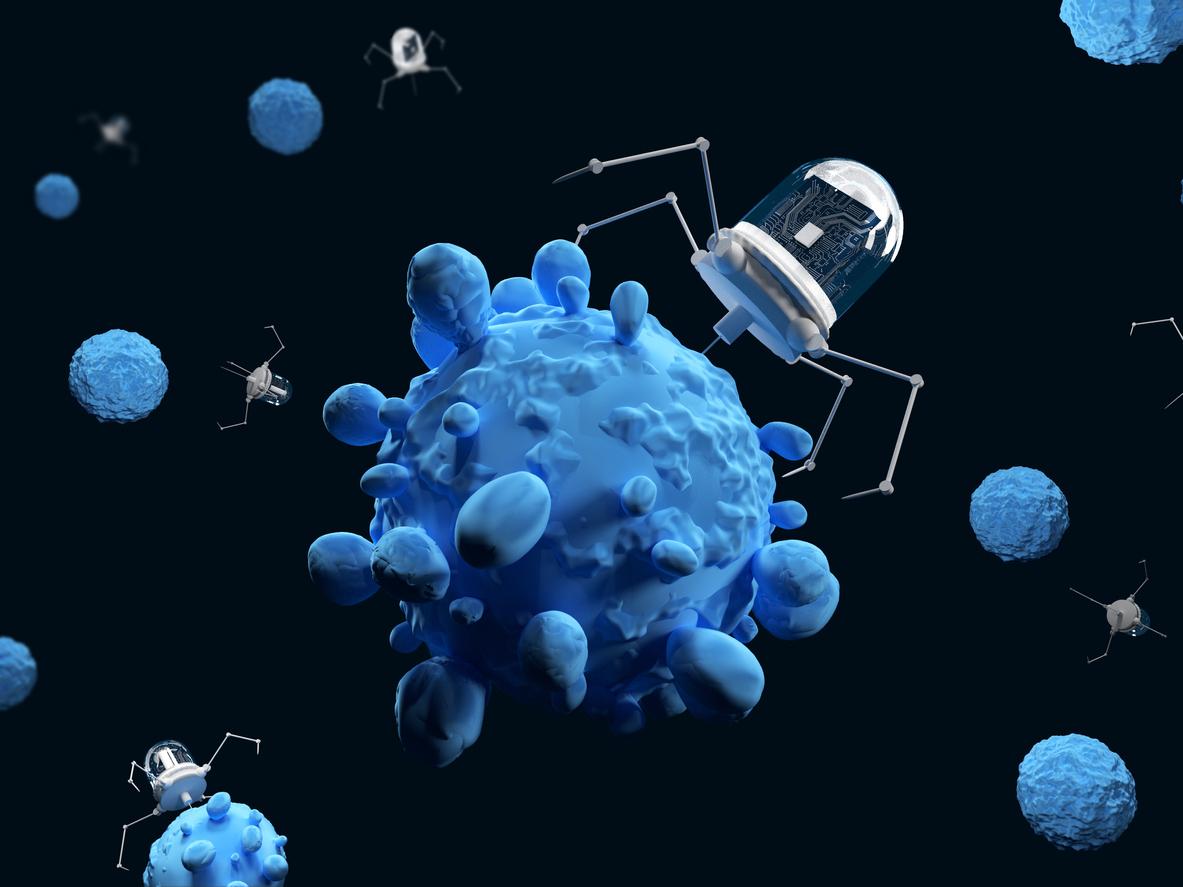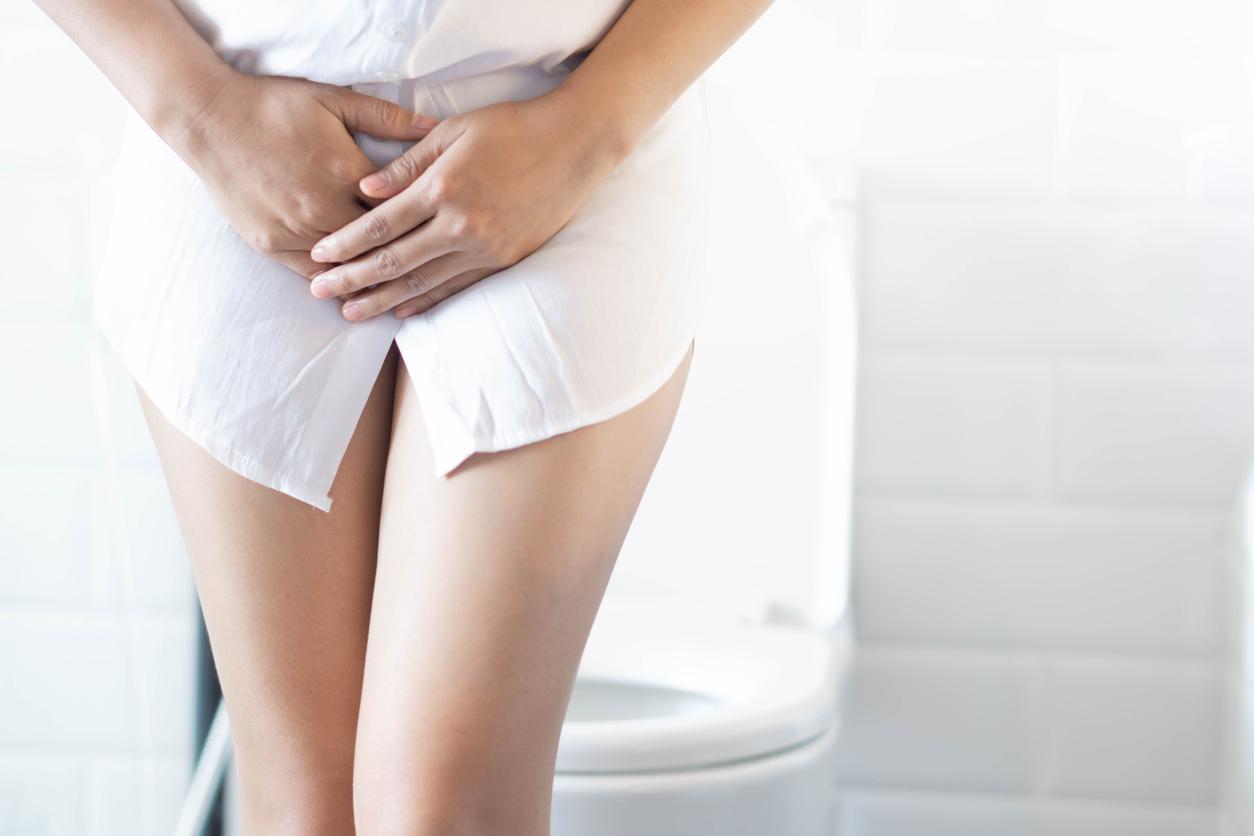
6 tips for traveling with urine loss
The next gas station or roadhouse rarely seems further away than when you have to pee during a long car ride. But if you suffer from an overactive bladder, chances are that next stop will come too late. Traveling with bladder problems complicated? Not with these six tips.
If you suffer from bladder problems such as overactive bladder (OAB), which requires frequent urination, traveling can be a challenge. But that doesn’t mean you can’t go out at all; just that you might need to prepare a little better. That’s how you do that.
1. Flying with an OAB
Are you going by plane? In that case, try to reserve a seat next to the aisle. This way you can reach the toilet a little faster in the event of an emergency.
2. Wear the right protection
Most women (and men) know that a sanitary towel is not a solution for urine loss. It is better to use special incontinence material for the right protection. These products are available in different grades, from light urine loss to heavy urinary incontinence. Are you on the road for a longer period of time? Then wear slightly heavier incontinence material than you normally would, for example night pads. Then you know for sure that the absorbent capacity is large enough to absorb any accidents.
3. Plan your toilet route
An easy way to reduce the chance of accidents is to go to the toilet at set times, whether you feel the urge or not. For example, go every two hours, or on any other schedule that suits you. So make sure you know where the toilets along the route can be found before your trip and plan your trip so that you can visit one regularly.
4. Know how to find a toilet
In the Netherlands you can use the HogeNood app to easily find toilets. Are you going abroad? More than 150,000 public toilets worldwide have been collected in the ToiletFinder app. It is also useful to know in advance how to ask for the nearest toilet:
Arabic
هو مرحاض
hayth hu ‘aqrab mirhad?
Chinese
最近 的 廁 所在 哪裡
Zuìjìn de cèsuǒ zài nǎlǐ?
Danish
Is there the worst toilet?
German
Wo ist die nächste Toilette?
English
Where is the nearest toilet?
French
Où sont les toilettes les plus proches?
Greek
είναι η πλησιέστερη τουαλέτα
Poú eínai i plisiésteri toualéta?
Italian
Dov’è il bagno più vicino?
Japanese
最寄り の トイレ は どこ です か
Moyori no toire wa dokodesu ka?
Korean
가까운 화장실은 어디인가요?
Gajang gakkaun hwajangsil-eun eodiingayo?
Norwegian
Hvor there nærmeste toalett?
Polish
Gdzie jest najbliższa toaleta?
Portuguese
Onde fica o banheiro mais proximo?
Spanish
Donde está el bano más cercano?
Czech
Kde je nejbližší záchod?
Turkish
And yakın tuvalet nerede?
Vietnamese
Nhà vệ sinh gần nhất ở đâu?
Swedish
Var finns närmaste toalett?
5. Make sure you have extra with you
Put in your bag as standard a bag with some extra incontinence material, a spare pair of underpants and some plastic bags to put used bandages in if there is no trash can available. You probably don’t need those spare clothes, but it does give you a sense of security.
6. Watch what you eat and drink
Of course it’s great fun to try all kinds of local dishes and drinks while traveling, but realize that you don’t know whether they will irritate your bladder. Coffee, tea, soft drinks and alcoholic drinks stimulate urine production. This means that your kidneys will produce more fluid to process these drinks and your bladder will be full again faster. Carbon dioxide, alcohol and caffeine also stimulate your bladder, so limit their intake. Also try to avoid chocolate and spicy foods. Here’s an overview of other foods that can irritate your bladder.
Sources):









